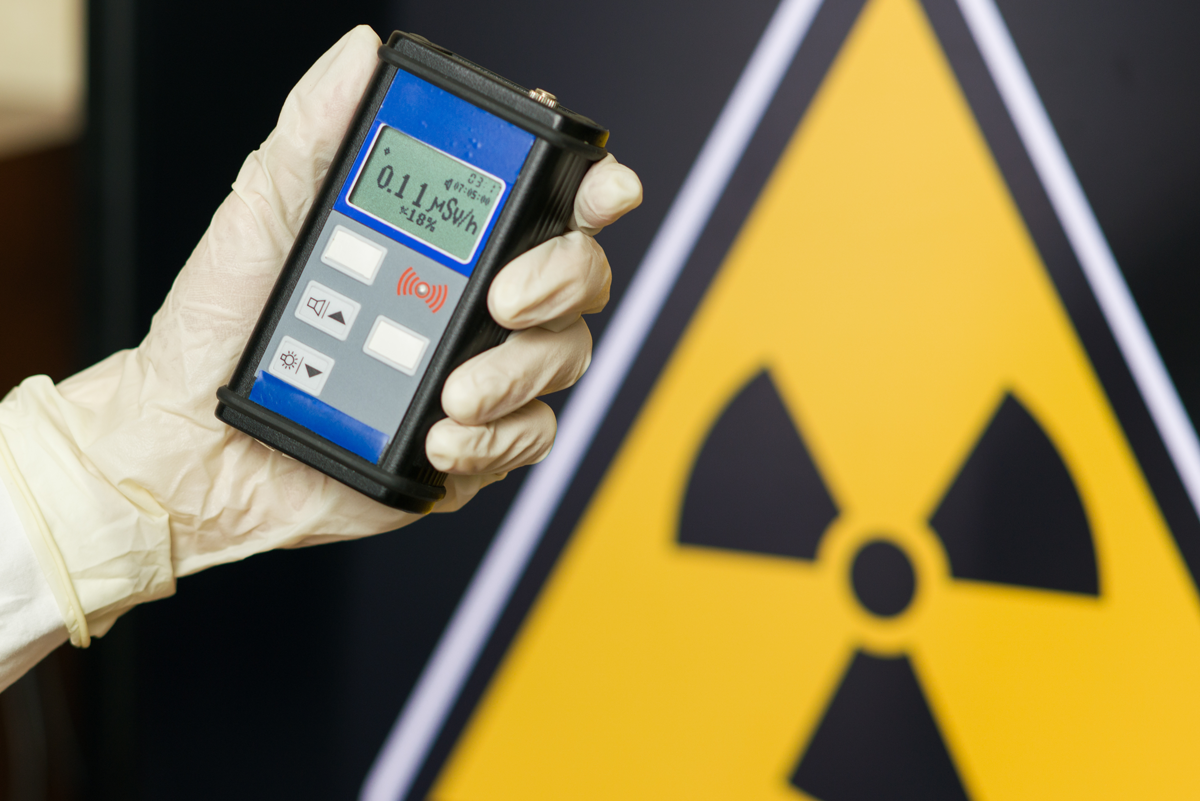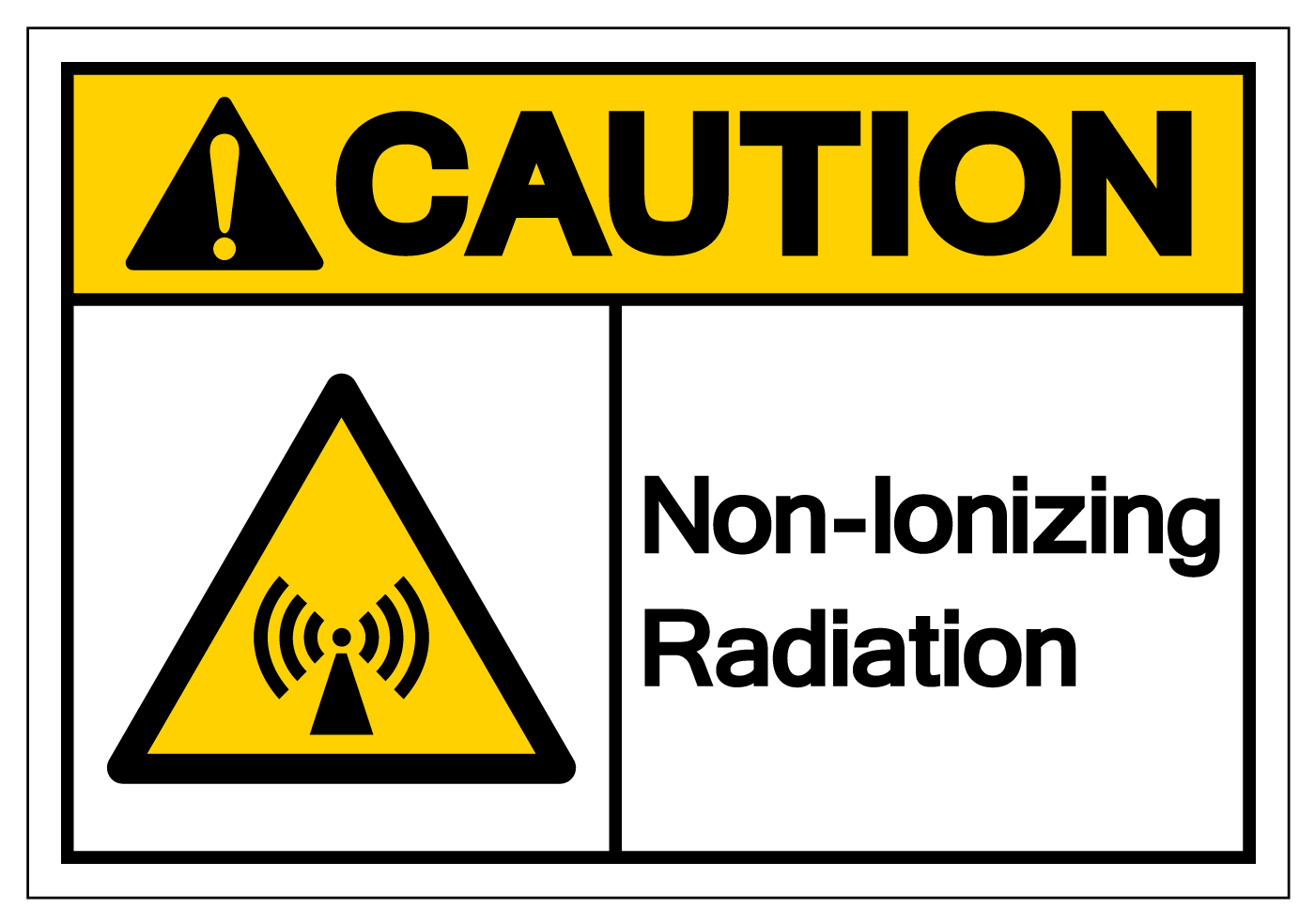The US federal Occupational Safety and Health Administration (OSHA) regulates workplace exposures to radiation, in two separate standards that distinguish between “non-ionizing” and “ionizing” radiation. OSHA’s Ionizing Radiation Standard (29 CFR 1910.1096) covers workplaces that contain a broad range of high-energy atomic and sub-atomic particles (alpha, beta, gamma, and X-rays, for example), and radioactive materials that emit such particles. The Standard establishes exposure and dosage levels, requires workplace and employee monitoring, and specifies measures to protect workers against ionizing radiation. The rest of this note discusses the Ionizing Radiation Standard. (I wrote about the Non-ionizing Radiation Standard HERE).
Read MoreAudit, Compliance and Risk Blog
Tags: Health & Safety, OSHA, Safety and Health at Work, radiation
The US federal Occupational Safety and Health Administration (OSHA) regulates workplace exposures to radiation, in two separate standards that distinguish between “non-ionizing” and “ionizing” radiation. OSHA’s Non-ionizing Radiation Standard (29 CFR 1910.97) addresses workplace exposures to electromagnetic waves from radio and microwave sources. OSHA has established radioactive exposure levels intended to protect exposed employees, and requires placarding to inform those who enter areas bathed in non-ionizing radiation.
Read MoreTags: Health & Safety, OSHA, Safety and Health at Work, radiation


